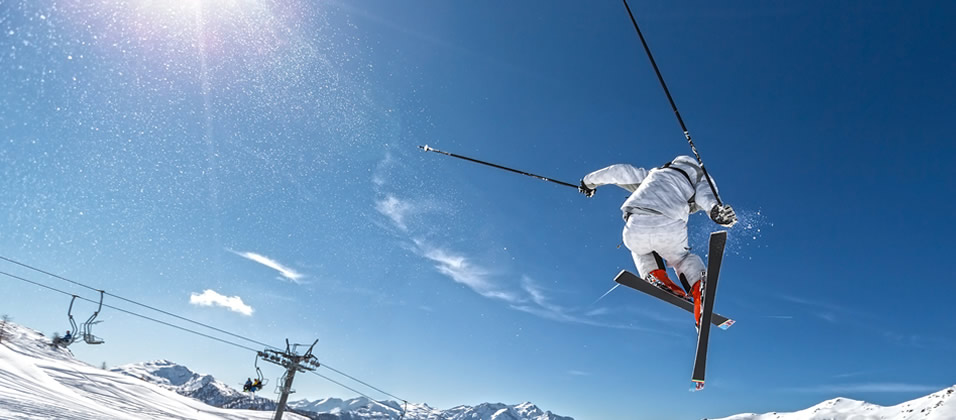Bone Infection & Non Union Fractures
Fractures which do not healed are termed 'non-unions'.
Bone healing is a biological, natural process but can be disturbed in some scenarios.
Causes
There are numerous causes of non union of fractures. These may be caused by specific factors related to the injury and the fracture type. There are also more general factors that can contribute to non-union
- High energy injuries
- Open fractures
- Fractures occurring in association with injuries to the arteries in the limb
- Failure of stabilisation of the fracture (to little stability or to much stability)
- Smoking
- Diabetes
- Corticosteroid and immunosuppression therapy
- Non steroidal anti-inflammatory medications
Signs and symptoms
A non union of a broken bone may cause
- Pain (at rest or with use of the limb)
- Swelling at the site of the non-union
- Deformity (if the bone has not healed the bone fragments may continue to move and be pulled by muscles into an abnormal position)
Diagnosis
A full clinical history and examination will be performed.
A radiograph of the limb may confirm the diagnosis of a non-union.
In some cases a CT scan is also performed.
Blood tests will be performed to identify and signs of an underlying chronic infection.
Treatment
The successful management of a non union requires an accurate diagnosis of the underlying cause.
Non-surgical
In cases of a failure of biology (no infection, adequate stabilisation) treatment options include
- Stop smoking.
- Stop the use of non steroidal anti-inflammatory drugs (eg ibuprofen).
- In diabetics with high blood sugar levels a focus on better, consistent control of their blood sugars.
- In some cases Exogen therapy will be uses (low intensity pulsed ultrasound) which involves the use of an ultrasound probe for 20 minutes a day on the skin at the site of the fracture. This is pain free.
Surgical
The surgical treatment options will also depend on the underlying cause.
In cases of infected non union the surgical treatment is normally staged with two or three surgeries.
Any existing metalwork at the site of the non-united fracture will need to be removed, the soft tissue and bone cleaned thoroughly (debridement), and then bone samples taken and sent to the laboratory to identify any causative or remaining bacteria and the antibiotics they are sensitive to.
A simple external fixator is normally applied to provide stability to the bone while awaiting the results of the bone samples.
The next stage of treatment will then be determined.
If the bone samples are clear with no sign of residual infection or have grown a bacteria which is highly sensitive to antibiotics one option will be to proceed with internal fixation (nail or plate and screws).
If all the bone samples show bacterial presence with poor sensitivity to antibiotics then a further debridement of the bone may need to be performed. It is highly likely that a circular frame will be used for the definitive stabilisation of the fracture until union has occurred.
In some cases of infected non-union soft tissue cover may be required as the skin and muscle overlying the non-union may be chronically damaged.
In cases of atrophic non union were the bone has failed to heal due to a failure of biology or in some cases due to the fracture stabilisation being to stiff, surgery may involve stimulating the bone to heal (the insertion or exchange to an intramedullary nail can act as a stimulus for the bone to heal) or changing the fixation to a less rigid device (eg converting from a locking plate to a nail or circular frame).
Hypertrophic non union occurs when there has been excess motion at the fracture site and more rigid stabilisation of the fracture is required. This can be achieved with internal or external fixation and will be dictated by the previous treatment, the site and configuration of the fracture and the soft tissue state.
Bone grafting may be required in addition to all of the above surgical treatments.


